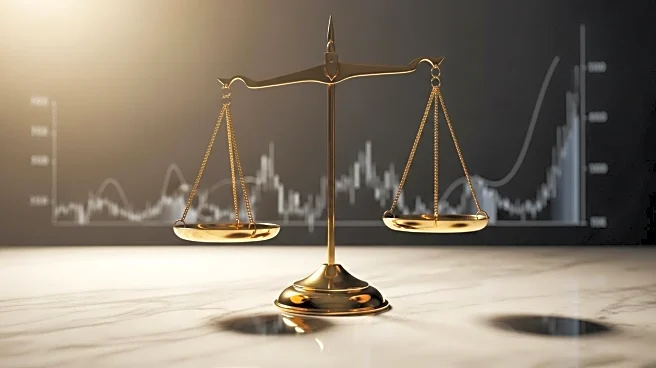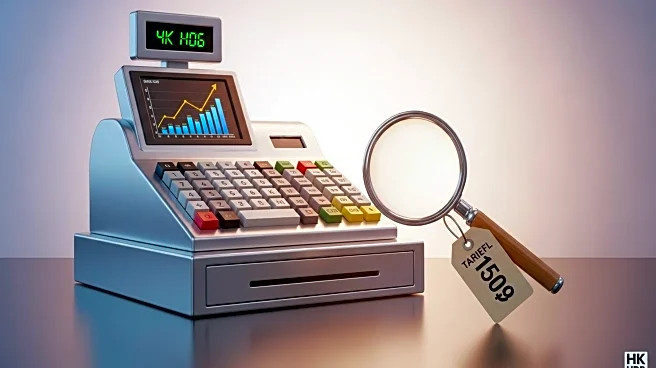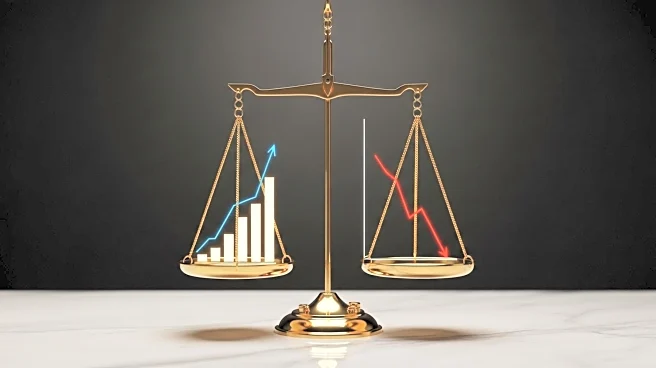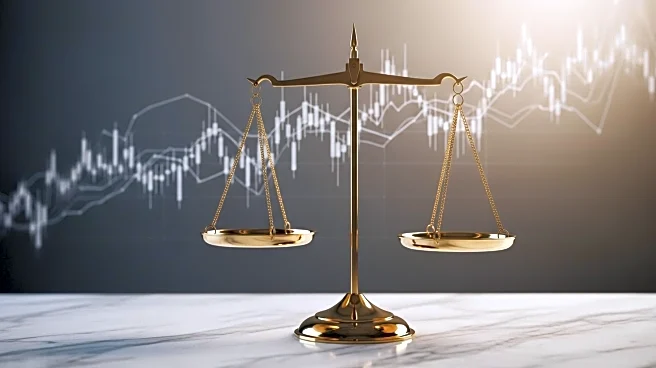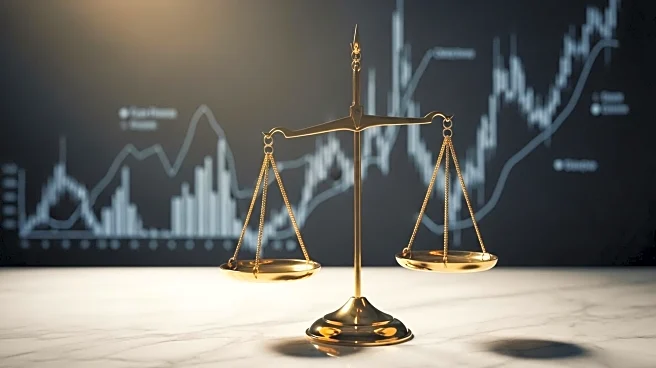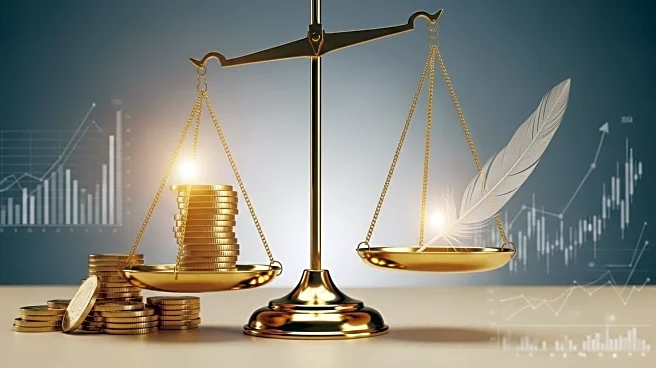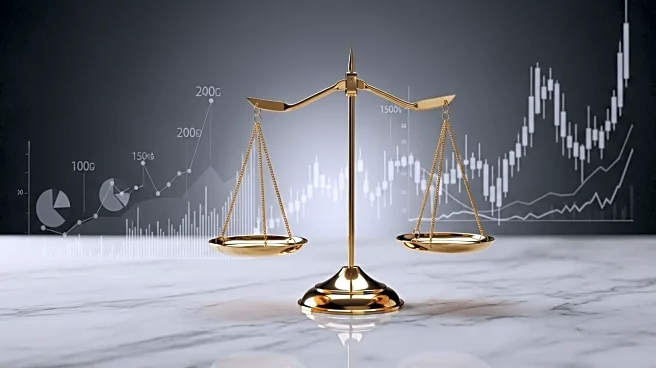What's Happening?
The U.S. economy is experiencing a 'K-shaped' recovery, where the top 20% of earners are driving economic growth while lower- and middle-income households face increasing financial strain. According to Moody's Analytics, the wealthiest Americans account for a disproportionate share of consumer spending, with the top 20% contributing over 63% of all spending. This trend is exacerbated by President Trump's tariffs, which have impacted consumer demand and business investment. Despite overall stable debt management, delinquencies among lower-income households are rising, indicating financial instability.
Why It's Important?
The reliance on high-income earners for economic growth highlights significant inequality within the U.S. economy. This disparity poses risks, as any reduction in spending by the wealthy could lead to a recession. The situation is further complicated by inflationary pressures and a slowing job market, which disproportionately affect lower-income households. The widening gap in spending power may lead to long-term economic vulnerabilities, including reduced overall consumer spending and increased susceptibility to economic downturns.
What's Next?
Potential policy responses could include measures to address income inequality and support lower-income households. The Federal Reserve's recent rate cut may offer limited relief, but further monetary policy actions could be necessary to stabilize the economy. Stakeholders may advocate for fiscal policies that promote equitable growth and mitigate the impact of tariffs on consumer prices.

